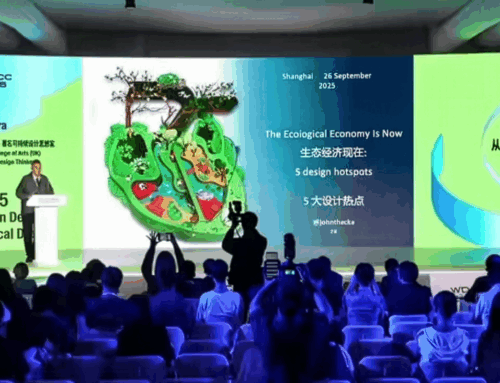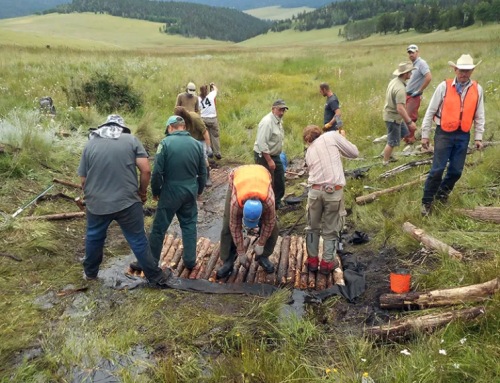If perpetual, resource-intensive growth is no longer a viable model for the development of a city-region, what alternatives are available?
In City Eco Lab, we explored the idea that St Etienne’s river, le Furan, and the natural systems of the broader region, might be a fruitful basis for re-imagining the city.
It was in this spirit that City Eco Lab’s scenographers – Gaelle Gabillet, and Exyzt – put water and earth in the centre of the space. Man-made stuff was arrayed around the edges.
We then ran workshops with a variety of individuals and groups who were involved in different ways with the history and the future of the river. From these encounters emerged a map (below) of projects and opportunities.
In St Etienne, much of the river – Le Furan – was built over and hidden during its years as as an industrial and manufacturing centre of France. But thanks to wonderful research by Justine Ultsch and her colleagues at St Etienne’s City Hall, we were able to present many aspects of this hidden history during City Eco Lab.
The image below, for example, is taken from a video, commissioned by the city, of sonic scanning that shows where the river flows right under the city centre.
It will not be practical to re-open all of Le Furan – but certain stretches can be brought back into plain view.
But for les Stefanois, developing the river as a tourist sdestination is less interesting than using it to support new business opportunities.
My own hobby-horse was the idea of using floodable ex-industrial land to grow crocuses (from which high value saffron is extracted) as they do in India.








